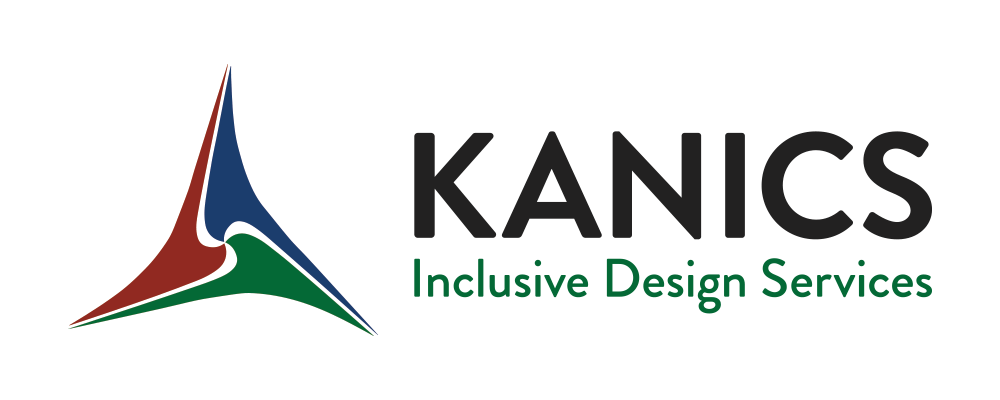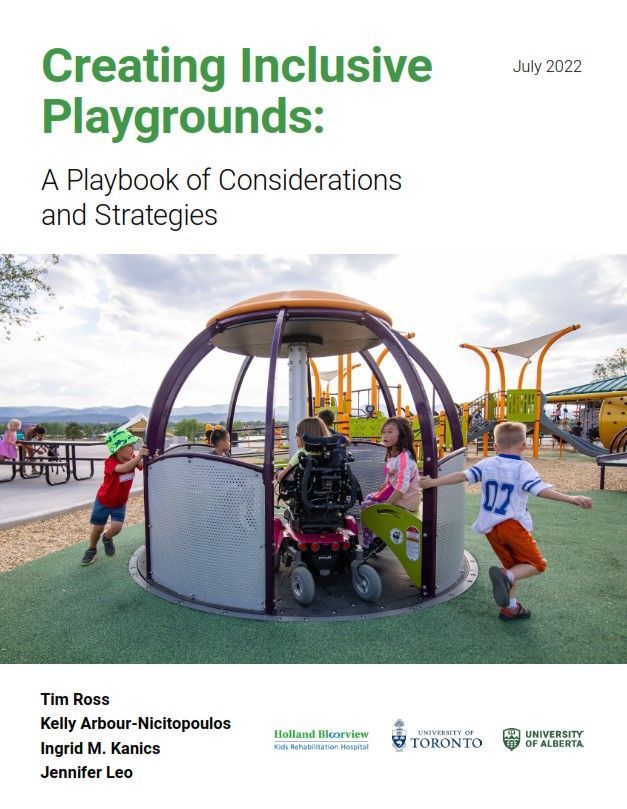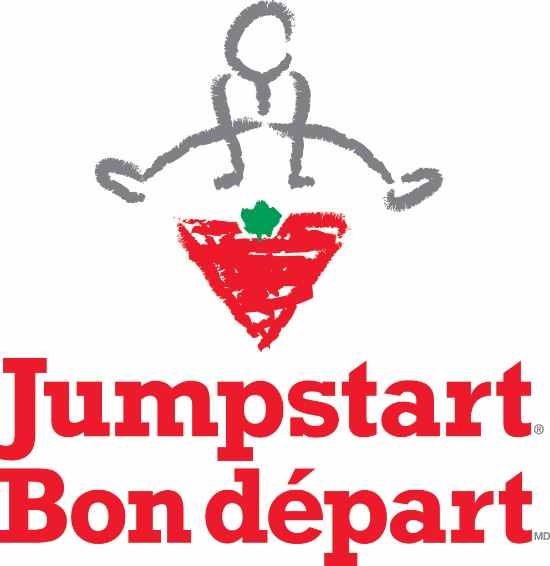INGRID
You can't use up creativity. The more you use, the more you have. - Maya Angelou
Ingrid M. Kanics, OTR/L, FAOTA, CPSI:
I am an occupational therapist and world leader in inclusive design that specializes in helping communities design and create innovative, inclusive play spaces where all can play, learn, and grow together.
I am the founder and president of Kanics Inclusive Design Services with over 20 years of experience in the play, children’s museum, and park industry.
I am passionate about many things...
- Mathematics: My first degree is a Bachelors in Mathematics from McMaster University in Hamilton, Ontario in 1986. This love of math transfers into my work as well as my recreation. Not only do I love designing amazing places where everyone can play, I also love doing puzzles, pottery and building things with my hands.
- Occupational Therapy: I came to the profession of occupational therapy in a round about way…through the U.S. Army of all things. During my training in the Army, I acquired an incomplete spinal cord injury in my neck that resulted in Brown Sequard Syndrome. After several surgeries and lots of rehabilitation I am now what I call “bi-mobile”; sometimes I walk and sometimes I roll. I use a wheelchair to conserve energy and reduce pain, especially when traveling. I discovered occupational therapy as part of my own rehabilitation process and realized it was the place for me. So, I received my Masters in Occupational Therapy from Duquesne University in Pittsburgh, PA in 2001.
- Neuroscience: It was during my time at Duquesne University that I fell in love with our brain and how it processes the world! Our brains are the most amazing organs and I’m extremely fascinated by how it takes the sensory information from our environment and makes us thrive in the world. I had the opportunity to do some neuroscience research during my time at Duquesne University with Dr. Daniel Goldreich. We specifically looked at the tactile acuity of the blind. Here are some of our publications:
- Tactile Acuity is Enhanced in Blindness, The Journal of Neuroscience, April 2003, 23 (8) 3439-3445.
- Performance of blind and sighted humans on a tactile grating detection task, Perception & Psychophysics, November 2006, 68, 1363-1371.
- A Tactile Automated Passive-Finger Stimulator (TAPS), JoVE (Journal of Video Experiments), 3 June 2009.
- Sensory Processing Disorder: This disorder and other sensory problems that children might have related to their medical condition are extremely fascinating to me. I have provided some resources on the play page of my website. I had the chance to spend 10 weeks at the Star Institute in Denver in 2013 where we did research with these children on the playground. The articles produced by the team are:
- Play in Natural Environments: A pilot study quantifying the behavior of children on playground equipment, Journal of Occupational Therapy, Schools, & Early Intervention, 30 May 2017, Volume 10, Issue 3.
- Occupational Therapy in natural settings: Using playgrounds, AOTA Sensory Integration Special Interest Section Quarterly, 2014, 37 (3), 1-3.
- Play: I began my occupational therapy career out of the box from the very beginning working at an amazing place in Pittsburgh called The Center for Creative Play. Here I had the chance to be a Play Environment Specialist. I had the opportunity to see children play every day as well as learn about how we can design better for every child. I helped run programs that supported children with disabilities, including Our Time (respite program) and Sensory Adventure Camp.
- Children’s Museums and Universal Design: It was while I was at The Center for Creative Play that I began working with different children’s museums around universal design and designing for those with sensory needs of different types. I have several articles and webinars related to universal design and children’s museums.
Articles Include:
- Creating Universally Accessible Play Environments for AlL (PDF), Exhibitionist Spring 2008 (with H. Scrivner-Mediate)
- Using the Goals of Universal Design to Improve Exhibitions for KidS (PDF), Exhibition, Spring 2022 (with K. Nesbitt)
Online Courses: These are through MedBridge and are CEU courses so require paid access.
- Universal Design in Community Environments
- Bringing Universal Design to Children’s Museums
- Using Your Local Children’s Museum for Therapy
Here is the link: https://www.medbridge.com/instructors/ingrid-m-kanics-occupational-therapy/
- Design: The more I worked with Children’s Museums the more interested I became in understanding how things are built and I made the decision to enter the Masters of Interior Architecture program at Chatham University in Pittsburgh, PA. I graduated in 2013 with an emphasis on inclusive and sustainable design.
- Playgrounds and Parks:
In early 2010 I was invited by Landscape Structure, Inc. (LSI) to partner with them on the inclusive play initiative. As the saying goes “the rest is history”. I have been honored to work with this incredible company made of amazing people who are passionate about inclusive play. Learn more about LSI and their
inclusive initiatives here.
Over the years, I have had that chance to partner with a wide variety of landscape architect firms, school districts, and park districts around the world to make inclusive play happen in many ways. The more challenging and creative the opportunity the better! Each group has expanded my vision of what inclusion can really be.
Recently, thanks to Canadian Tire Jumpstart Charities (Jumpstart), I was able to work with an amazing team of researchers in Canada to pull together the best practices in inclusive playground design. This free downloadable publication, the Inclusive Playgrounds Playbook, is available in English and French via the Holland Bloorview Kids Rehabilitation Hospital website.
Visit the Jumpstart website to learn more about their Inclusive Play Program.
- Public Speaking: I am passionate about sharing the message of inclusive play with anyone who will listen. I have had the opportunity to speak locally, nationally, and internationally on inclusive play at park conferences, design conferences, early childhood conferences, and occupational therapy conferences.
- Research: Recently, I have begun working with doctoral students in different disciplines to look at the impact of inclusive playgrounds on community and specific populations.
Thanks for visiting my website and diving into my world of inclusive play. I believe that the inclusive play adventure continues with each community that strives to bring all together through designing great places for play. I hope we get the chance to design, create, and play together sometime soon!




